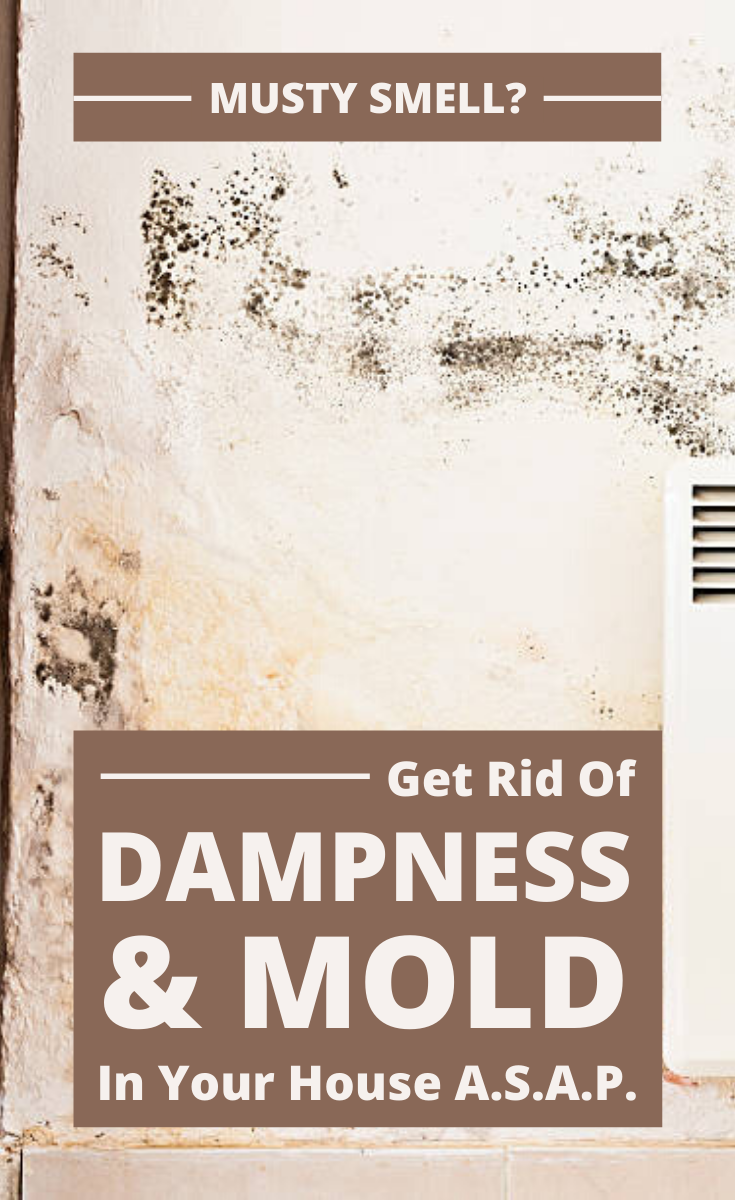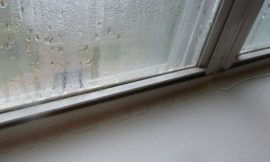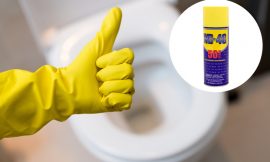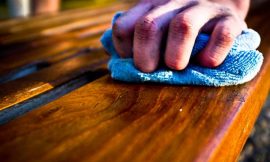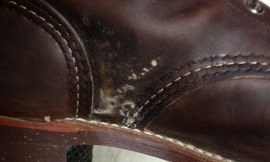Every house can suffer from damp problems, but most affected are old houses (over 20-30 years) or first floor of most apartment buildings. It seems that an increased number of water molecules in the air can cause dampness and furthermore, mold. The most affected people are those living in high humidity areas, but keep in mind that a wet microclimate can affect badly your immunity and develop serious chronic diseases.
So, before wondering why your house is so damp, you should better fix this issue immediately.
The two main reasons for dampness are:
- Moisture cannot escape
- Water is getting in
Another thing you should consider is that your lifestyle is causing condensation and possibly mold to build up inside your home.
Three simple steps to prevent dampness in your house:
- Ventilate Your Home Properly
- Get a Dehumidifier
- Keep on Top of Wiping Down Mold
How To Remove The Effects Of Dampness: Mold?

The method you use for treating damp mold patches depends on the size of the problem and where it is located. However, you should consider the following tips:
1. Begin by wiping down the infected area with a damp cloth.
2. Next, spray your bleach onto the mold, and leave for a few minutes to treat the problem.
3. Wash the area down with water, using the cloth to work off stubborn marks if necessary.
4. You can keep repeating the above steps until the mold has gone, but make sure not to rub the surface too hard as this can cause further damage.
5. Discard of any waste material in a bin bag, keeping it away from children and animals. Once you have removed all the mold, hoover around the area to clear any remaining pieces.
6. Wash all clothes that may have been in contact with mold straight away, keeping them separate from other items.
How To Remove Dampness?

Well, the most effective way in getting rid of dampness is installing a dehumidifier or additional heating devices that contribute to the immediate rapid dehumidification of air.
In addition to these modern methods you can also try the below folk solutions in removing dampness indoors:
Use salt or sugar. If you apply a significant amount of a powder to a rag, which is then applied to the site of injury, then you will notice that the crystals can absorb some of the moisture. The method is suitable for the elimination of small wet manifestations, with a diameter of up to 3-5 centimeters.
Use a mild solution of potassium permanganate. They need to wipe all potential areas of accumulation of large amounts of moisture.
Frequent airing of the room. This contributes to the penetration of fresh air into the room, thus ensuring natural circulation and removing some of the moisture from the apartment or house.
